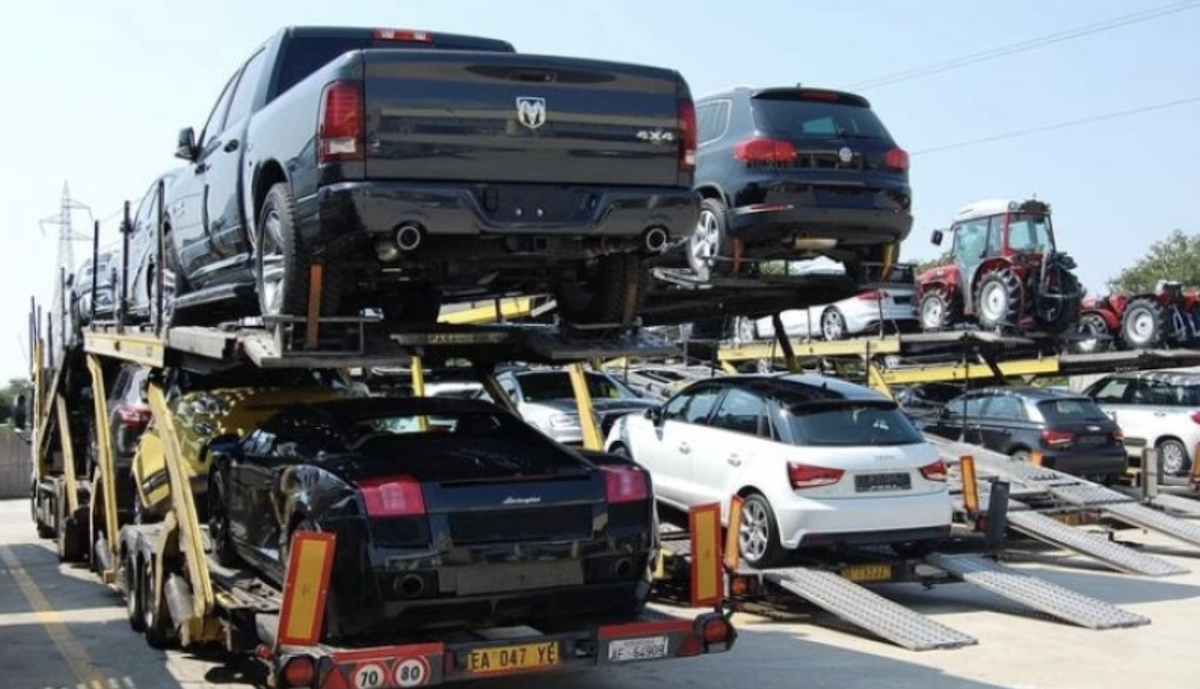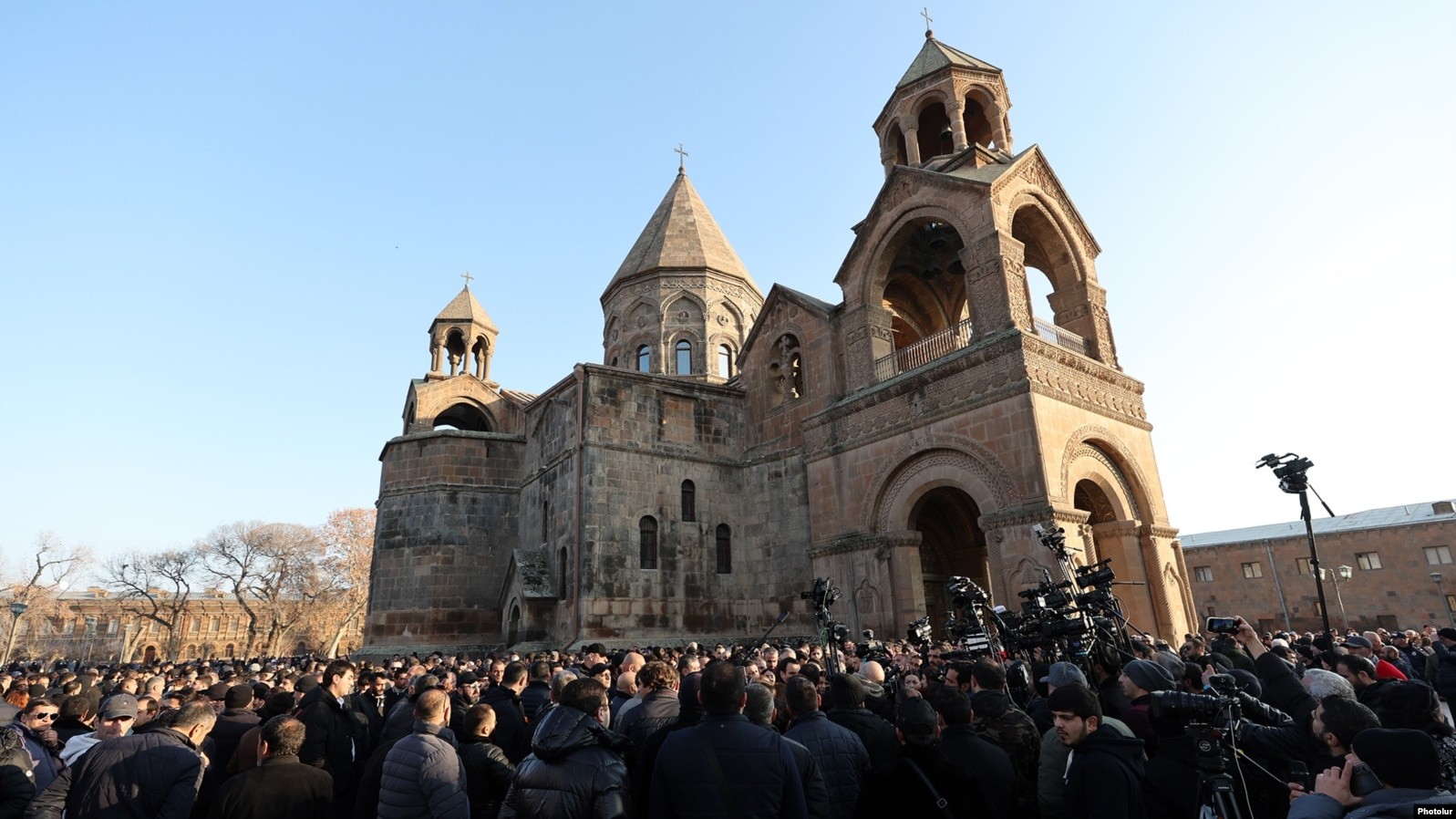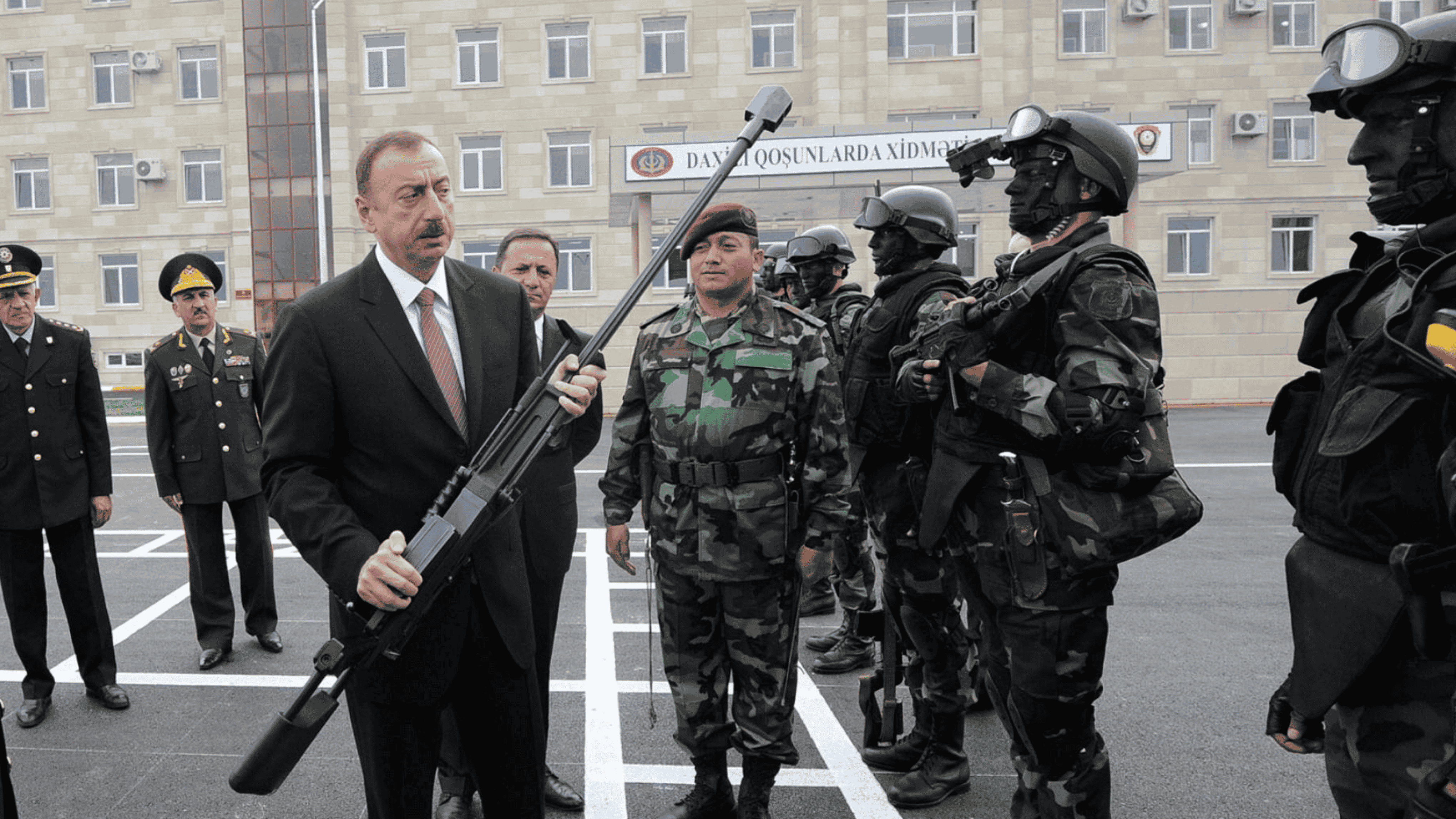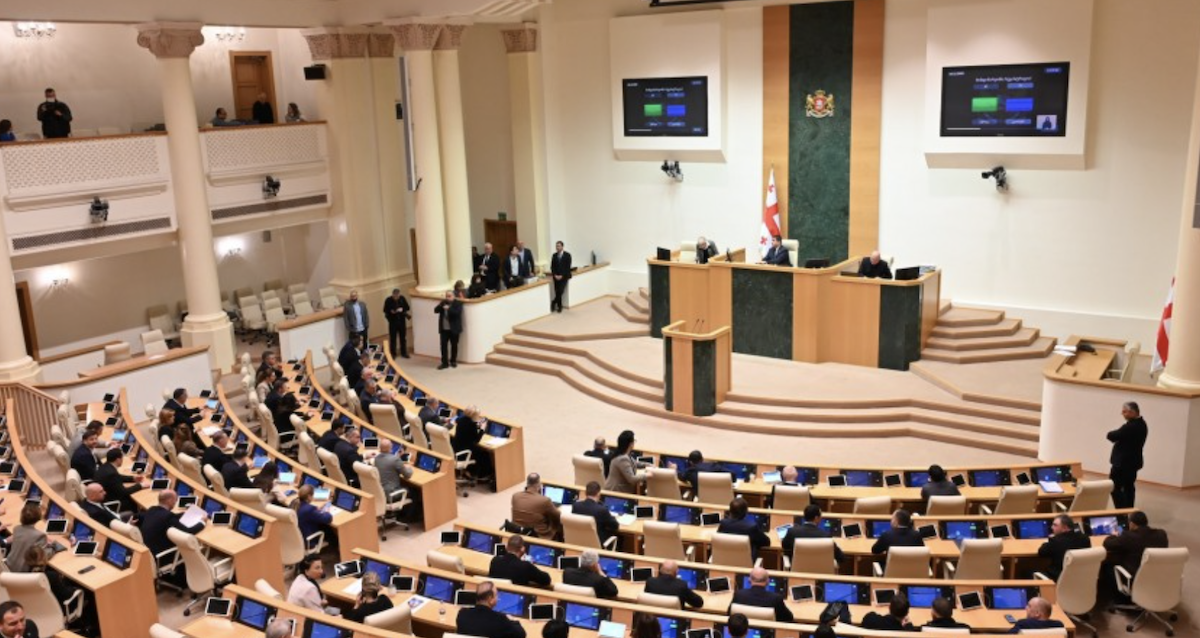Five years since the 'April war' in Karabakh. What's changed? Pundits from Baku Yerevan sound off
Five years since the Karabakh April War
Today marks the five-year anniversary of the so-called “four-day” or “April” war in Karabakh.
On April 2-5, 2016, the largest and most bloody aggravation occurred on the line of contact of troops in Karabakh since the conclusion of the armistice in 1994 up until the recent Second Karabakh War. The ceasefire was achieved with Russian mediation.
As a result of those battles, several settlements and strategic areas passed under the control of Azerbaijan, in general, about 20 square kilometers of territory. According to official figures, more than 200 people were killed on both sides in four days.
After the bloody second Karabakh war in the fall of 2020, which claimed the lives of at least 6,000 people on both sides, those events took on a different meaning.
What was the significance of the “April war”, what did it change or predetermine? JAMnews posed these questions to experts in Yerevan and Baku.
- 3 years since the Karabakh April War: What did it change?
- Ex-President of Armenia Sargsyan thrashes PM in interview
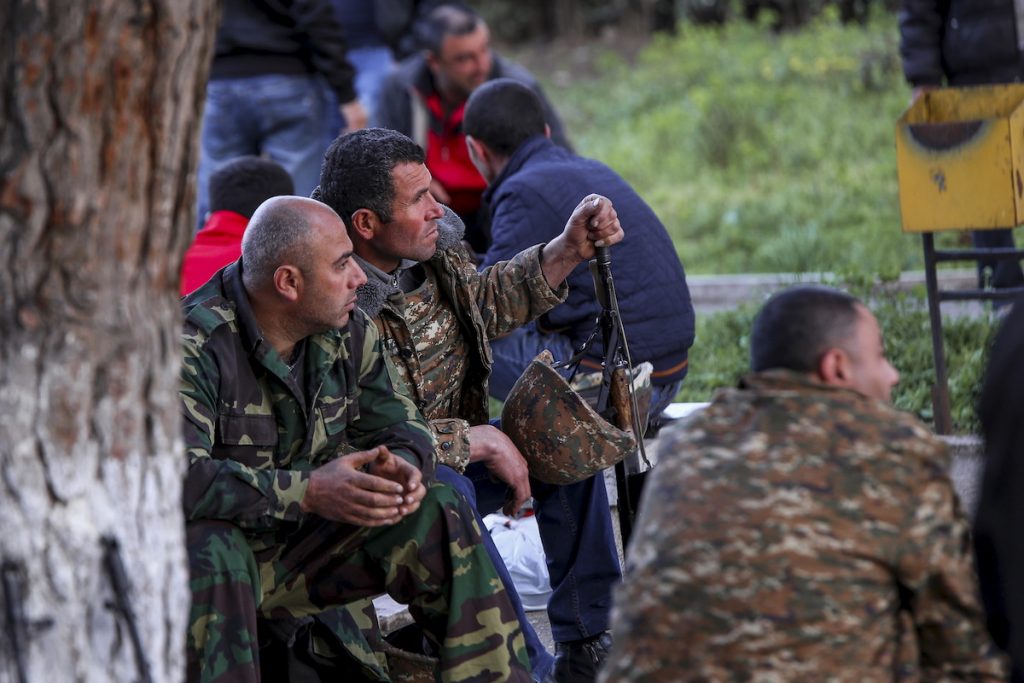
Azerbaijan
Shahin Jafarli, political scientist:

“If we compare the conditions during the hostilities in April 2016 and in the fall of 2020, special attention should be paid to the geopolitical situation in the world. In 2016, Russia very quickly stopped the counterattack of the Azerbaijani army, because the liberation of the occupied territories around Nagorno-Karabakh was not part of the Kremlin’s plans.
In 2020, the situation has changed dramatically. Russia ‘allowed’ Azerbaijan to liberate its internationally recognized territories, remained silent for 44 days and eventually returned its armed forces to our country.
Thus, the Kremlin is simply ahead of events on an international scale. It was clear to everyone that Joe Biden would win with a high degree of probability in the US presidential elections. Putin needed to strengthen his position in the Caucasus before the United States took decisive steps in this direction in the region.
- Armenia files interstate complaint against Azerbaijan in ECHR
- Moscow bites back after Armenian PM claims Russia’s Iskander missiles ‘don’t explode’
It is worth noting that Russia always takes such steps on the eve of the presidential elections in the United States. There is a geopolitical struggle going on. This also happened in 2008 in the case of Georgia.
It is also worth highlighting the role of Turkey in 2020, which was not there in 2016. The political support of Turkey provided considerable assistance to the Azerbaijani army last fall.
As for the relationship between the hostilities of 2016 and the war in 2020 – Azerbaijan for the first time since the end of the first Karabakh war felt the power of its army. Both the country’s leadership and the army believed in their own strength, which is very important for the war of liberation.”
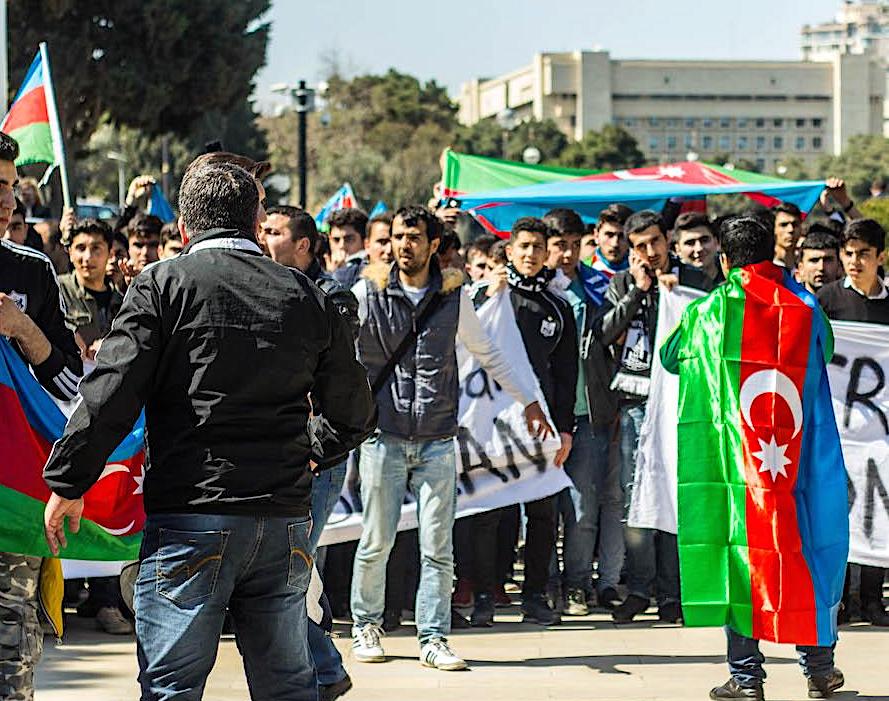
Asaf Kuliyev, political commentator:
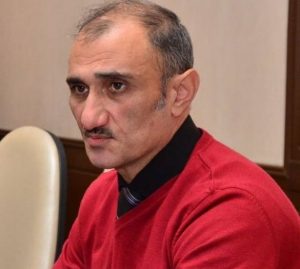
“I believe that the main result of the April 2016 battles was the undermining of the positions of the ‘Karabakh clan’ in Armenia. Both in Armenia and in Nagorno-Karabakh, attempts at revenge from Azerbaijan were expected. The Armenian society understood that this had to happen someday.
Until 2016, the militant rhetoric of Azerbaijan only led to the strengthening of the position of the “Karabakh clan” in power in Armenia. The public believed that it was these people who could protect them from Azerbaijan’s revenge. There was such a myth.
But it was destroyed in 2016. All of this led to the 2018 revolution.
- How can Azerbaijanis return to Khojali or Armenians to Hadrut?
- Why there are so many problems with the Armenia-Azerbaijan ‘new-old border’
Why were the offensive actions of Azerbaijan in 2016 suspended with the direct participation of Russia? The answer is simple. In 2016, Russia allowed a small tactical defeat for its loyal ‘Karabakh clan’, but did not want its strategic defeat. Russia was interested in Sargsyan’s leadership.
But in 2020, Pashinyan did not quite meet the interests of the Kremlin. The escalation of tensions in July 2020 on the Armenian-Azerbaijani border did not lead to political change in Armenia. And then Russia chose to “close its eyes” to the counterattack of the Azerbaijani army in the fall of 2020.
If Pashinyan resigned during the war, Russia would suspend hostilities at any stage. But the Prime Minister of Armenia held on, and Russia simply brought its armed forces into the conflict zone.
A paradoxical situation arose: Russia decided to defend Pashinyan’s positions after deploying its armed forces in Karabakh. Because chaos – the likely result of Pashinyan’s quick resignation – did not meet Russian interests at all. Thus, it would have lost the Armenian levers of pressure on Azerbaijan”.
March in Baku in support of the Azerbaijani army. April 8, 2016
Armenia
Director of the Caucasus Institute, political scientist Alexander Iskandaryan
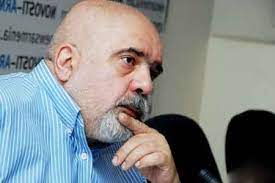
“After the April war, there was a discourse that the Armenian sides were defeated. But now, after the fall war of 2020, it is clear what defeat is and how it happens.
In addition, it has now become clear that for the Azerbaijani side, the April war was a reconnaissance battle, probing the defense capability of the Armenian army.
For the Armenian side, it was a local operation at two points: in the extreme south (Leletepe) and the extreme north (Talish). It cannot be called a war, it was a local clash and reconnaissance in force, a very large escalation.
The real war was in 2020. And the goals that Azerbaijan set for itself in 2020 did not exist in 2016. Therefore, the Armenian side successfully managed to stop it.
After the April war in 2016, it became clear that drones would play a big role in the next war. And now it is clear that many lessons were not learned from that war.
- Will the internal political crisis in Armenia be resolved or deepened after snap elections?
- Op-ed: myths that replaced reality led to Armenia’s defeat in Karabakh war
Of course, some programs began in part, including the “Nation-Army”, the purchase of a new type of weapons, including air defense and missiles, began. But the Armenian side did not manage to implement these programs, which became the reason for such an outcome of the 2020 war.
A complex of reasons prevented serious preparation for a larger-scale war.
- First, we thought that it will always be like this, we will be able to withstand any pressure from Azerbaijanis.
- Secondly, they thought that the political way would be able to delay the issue for quite a long time. But, as it turned out, political factors may not work.
- Third, the new standards of warfare were not sufficiently appreciated. And these standards are very new, today few people in the world understand how to behave.
- The outcome of the war was also influenced by a sharp drop in prices for air carriers, including expensive missiles. There used to be expensive planes and they led to a certain type of war. But there are not thousands of such aircraft, their number is limited.
- And now drones have appeared instead. It is already possible not to spend money on a pilot, and the UAVs themselves, in comparison with airplanes, are very cheap, and they can be purchased in large quantities.
- Another very important factor that influenced the outcome of the war was the participation of Turkey, which provided quite direct assistance to Azerbaijan in this war.
- Several political factors also played a role, such as elections in America, Brexit and the general crisis of governance in Europe, the Ukrainian and Belarusian crises, the Nord Stream crisis in Russia, the coronavirus around the world, and NATO-Turkey relations.
That is, the reasons are multifaceted. We can add to this the internal political crisis in Armenia itself ”.
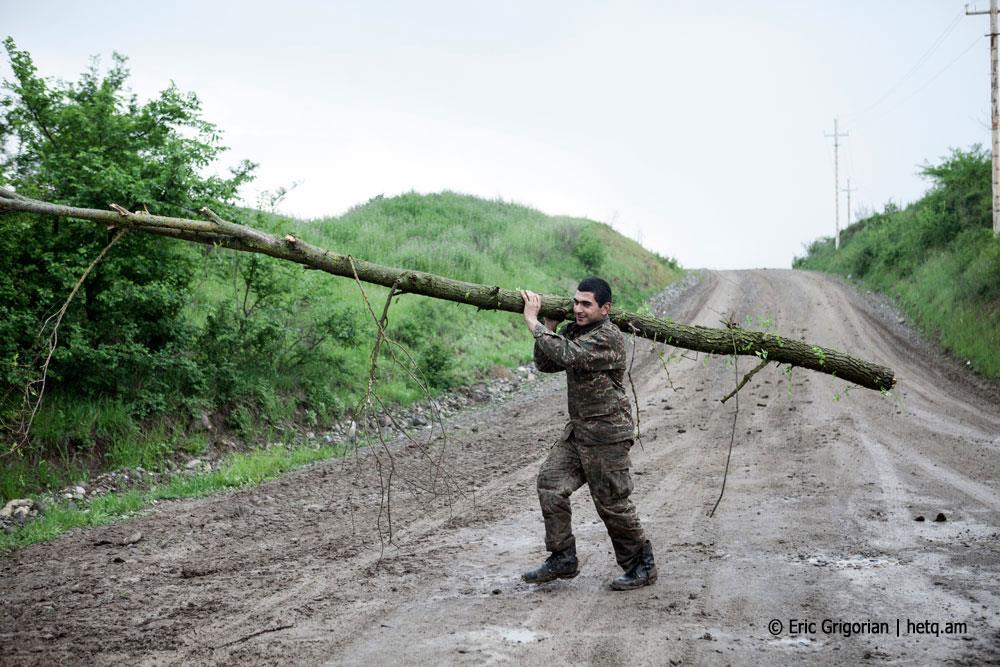
Hayk Khachikyan, military expert

“After the war in 2020, it’s safe to say that the April war was the start of a larger war. And in Armenia, too, after the April war, they understood that the enemy would not be limited to this.
The April War was smaller in scale compared to the Fall War of 2020. But after the April war, the Azerbaijani military leadership corrected its actions.
For example, in 2016, Azerbaijan used its special forces as a “strike fist”, which attacked Armenian posts. And then their special forces failed, and these units suffered heavy losses, including high-ranking officers.
This time, Azerbaijan refused to use special forces to attack Armenian posts and break through the front line. Instead, they used armored units. When the front, especially in the south, had already been broken through, then their special forces had already entered, and made their serious contribution to their victory.
- Moscow or Brussels? Why Armenian PM Pashinyan has been stamped as a pro-Western politician
- Armenian veteran diplomat: “Why Armenia lost the war for Karabakh”
After the April war, it was already clear that drones would play a big role in the next war. Moreover, at that time, it was not a question of Bayraktars, because at that time these UAVs did not have much combat experience, therefore, it was difficult to assess their capabilities.
It cannot be said that the Armenian side did nothing in this direction. Contracts were signed for the purchase of anti-aircraft missile systems OSA and TOP. By the way, the TOPs showed themselves well, another question is whether they were in the required quantity.
In addition, during the April war, UAVs – kamikaze were used, and in the autumn war of 2020, shock drones were used.
“Silent march” in Yerevan on April 10, 2016 in memory of those killed during the hostilities on April 2-5, as well as sympathy for the wounded and their families, and relatives of the missing.











